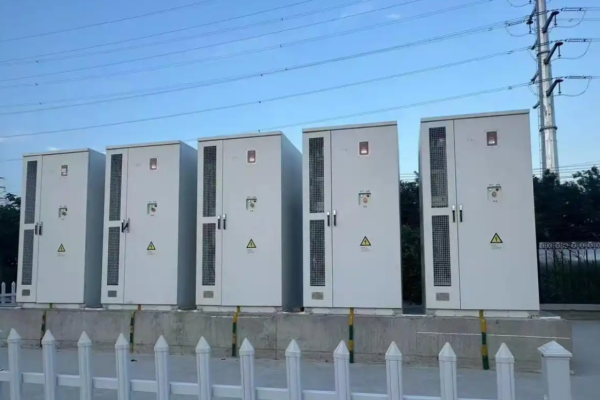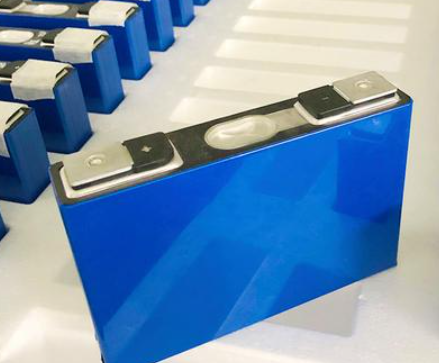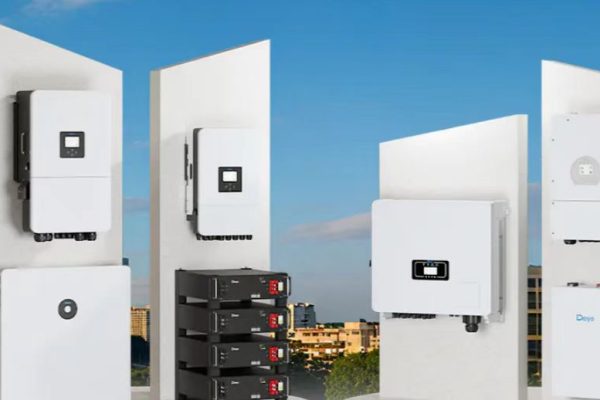Key Considerations for Residential and Light Commercial Projects
As rooftop solar gains popularity among homes and small businesses, wall-mounted battery systems are becoming the preferred energy storage solution—especially in space-constrained environments.
But designing a reliable, efficient rooftop PV + wall-mount battery system requires more than just selecting compatible products. You need to understand site constraints, power flows, and thermal & communication design.
In this guide, we break down the key design principles to follow when building small-scale PV + ESS systems using wall-mounted batteries.
🏡 Why Wall-Mounted Batteries?
Wall-mounted battery units are:
- ✅ Space-saving – ideal for apartments or narrow utility rooms
- ✅ Visually cleaner – better suited for indoor/outdoor visibility
- ✅ Easy to inspect and access – more ergonomic than floor units
- ✅ Preferred in retrofit cases – add-on to existing rooftop systems
They typically come in 5–15 kWh capacity and are compatible with most hybrid inverters (single- or three-phase).
⚡ Step-by-Step Design Considerations
1. PV Array Sizing and Rooftop Layout
- Evaluate usable rooftop area, orientation, and shading
- Choose module count and string configuration based on:
- Available space
- Inverter’s MPPT window
- Desired system output (e.g., 5kW or 10kW)
- Consider microinverters or optimizers for shading-prone roofs
📐 Tools like PVsyst, Helioscope, or simple layout drawings can help visualize array size.
2. Battery Sizing Based on Load Profile
- Use load audit or homeowner questionnaire to estimate:
- Daytime vs. nighttime consumption
- Backup priorities (lights, fridge, pumps, etc.)
- Match battery capacity to backup runtime or self-consumption goals
- 10–15 kWh is typically enough for residential setups with modest loads
💡 Offer scalable options—some wall-mounted units allow for parallel stacking.
3. Inverter Selection and Compatibility
Choose a hybrid inverter that matches:
| Criteria | Notes |
|---|---|
| Voltage window | Compatible with PV array and battery bank |
| Communication protocol | RS485, CAN – for proper BMS sync |
| Form factor | Wall-mount vs. cabinet type |
| Grid compliance | Anti-islanding, frequency ride-through, etc. |
📎 Make sure the inverter and battery are certified to work together or already in a manufacturer compatibility list.
4. System Layout and Mounting Constraints
- Install wall-mounted battery at eye level, ideally on a structurally sound wall
- Maintain spacing: ~20–30 cm around the unit for ventilation
- Avoid direct sunlight or moisture exposure
- Cable runs from inverter to battery should be short and secure
🧱 For brick or concrete walls, use expansion bolts and metal brackets designed for battery weight (~30–60 kg/unit).
5. Thermal Management and Ventilation
Battery and inverter placement must account for:
- Ambient temperature limits (usually 0–45°C)
- Avoiding heat stacking if devices are vertically aligned
- Cross-ventilation or fan support in enclosed spaces
🌡️ Overheating reduces battery lifespan and can trigger BMS cutoff. Consider passive airflow designs.
6. Safety and Compliance
- Ensure proper grounding and surge protection (SPD Type II or III)
- Install fuses or DC breakers between PV, battery, and inverter
- Follow local standards for battery installations (e.g., NEC 706 in the U.S., IEC 62619)
- Add smoke alarms or thermal sensors in enclosed battery rooms
🔐 Many jurisdictions now require fire-rated enclosures or spacing from living areas.
7. Monitoring and Control Setup
- Use hybrid inverter’s app or platform to track PV production, battery SOC, and consumption
- Enable remote alerts for faults or undervoltage issues
- Allow end-users to choose modes (Self-use, Backup, Grid-tied, etc.)
📲 Some systems allow EMS integration or Smart Load Control to further improve efficiency.
🧭 Typical Use Case: 5kW Rooftop + 10kWh Wall Battery
| Component | Spec Example |
|---|---|
| PV Modules | 12 × 415W (Mono, 4.98kW) |
| Inverter | 5kW Hybrid (Dual MPPT) |
| Battery | 10kWh LFP, Wall-mount |
| Mounting | Rail-based roof brackets + wall anchors |
| Application | Self-use + night backup (lights, fridge, router) |
🔌 Backup runtime: 8–12 hours depending on load.
📌 Final Tips for Exporters and EPCs
- Prepare standard 5kW / 10kWh kits with layout diagrams for repeat use
- Offer 3D visualization of wall-mount options to help client imagination
- Provide an installation checklist for first-time installers
- Always test inverter–battery communication protocols before shipping
- Bundle single-line diagrams (SLDs) in your quote to boost professionalism
Designing rooftop solar systems with wall-mounted battery units isn’t just about choosing the right inverter and panel. It’s about creating a compact, aesthetic, and functional system that fits the user’s space, usage habits, and safety needs.
As demand grows for all-in-one and retrofit-ready systems, exporters and EPCs who master this design logic will lead the market—not just follow it.









